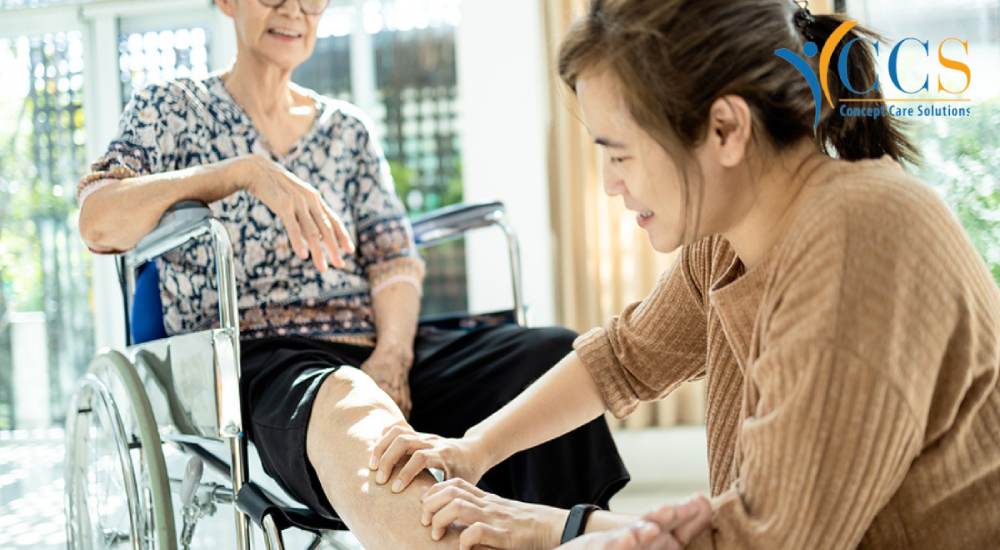It is by no means uncommon for swelling to be seen in the ankles, feet and legs – a condition known as oedema, where fluid starts to build up – but it can certainly be distressing if it comes on suddenly and you’re not sure what the underlying cause is.
The first step is not to panic as it’s not typically an immediate cause for medical concern and, in many cases, the swelling will simply go away on its own with time.
Symptoms of oedema include:
– Swollen or puffy legs, feet or ankles
– Shiny or stretched skin
– Changes in skin colour
– Discomfort
– Stiffness
– Indentations when you press on the skin
What causes legs to swell?
There are many reasons why you might find that your legs start to swell, including:
– Taking medication like antidepressants, steroids, hormone therapy, contraceptive pills and blood pressure treatments
– Being overweight
– Eating too much salty food
– Maintaining a standing or sitting position for too long
– Pregnancy
– Infections
– Blood clots
– Problems with the heart, liver or kidney
– Insect bites or stings
– Physical injury, such as sprains and strains
How can you treat swollen legs?
It’s likely that any swelling you experience will resolve itself without any intervention, but you can try to ease your symptoms by:
– Elevating your legs on pillows or on a chair whenever you can
– Wearing comfortably shoes with a soft sole and low heel
– Go for a gentle walk to improve blood flow
– Keep your feet clean and dry to prevent infections
You can also help manage your symptoms by not standing or sitting for long periods of time and by avoiding wearing any shoes, socks or clothes that are too tight.
Medical treatments for oedema include:
– Taking diuretics (water tablets), which increase the amount of water filtered by the kidneys to be passed in urine, helping to clear fluid buildup in the legs
– Blood thinners, if you’re diagnosed with deep vein thrombosis
– Antibiotics, if you have cellulitis or a bone infection
You may also want to speak to your doctor or private healthcare provider about making any necessary lifestyle changes such as switching to a low-salt diet or losing weight to prevent any recurrence of the condition.
When to see a doctor about swollen legs
You should seek medical attention or speak to your private nurse if you’re worried about any of your symptoms or if they start to get worse.
If you think you have deep vein thrombosis (where one calf is swollen, warm, tender and red), see a doctor urgently.
It is also necessary to seek further advice if you feel out of breath, have a high temperature, are in severe pain, if your skin has turned yellow in colour or if you feel generally unwell.
Further tests may be required depending on the severity of your condition and the underlying cause. You may need, for example, to have a urine test, some blood tests, a chest X-ray or an ultrasound scan of your legs.




